Please share an early/childhood experience that was pivotal to your personal relationship with
I’m not sure that there was one experience, I was involved with the natural world from my first memories and before–there is a family photo of me in diapers bent over watching some ants…I suppose the moment I was old enough to recognize another being, looking at and evaluating me as an equal, was when a one-footed crow came to visit our backyard over several years. Who knows how it came about, but my family called him Jack, and he came to recognize his name and often brought friends to visit. As a child, I did not know he was “just a crow”.
How did you initially become involved with IWRC and why did you choose to become involved on a board level?
In the late 80s and early 90s, only a few years out of vet school, I had the fortune to drop into a position that allowed me to serve as a wildlife veterinarian at an active and progressive wildlife rehabilitation organization. As a field biologist by training, prior to vet school, it was a hole in my professional life that was filled. At the time, I was very concerned about reptile and amphibian standards of care, welfare and rehabilitation methods. IWRC shared the same concerns and was responsive to ideas and suggestions. I was very impressed, and still am. My goal is to participate at board-level in advancing the course and mission of IWRC, to bring my skills and experience to be utilized for the intelligent and scientific advancement of the health, welfare, and well-being of all wildlife in human care.
Describe a specific area of interest or a particular passion within the scope of IWRC’s mission.
Rescue, rehabilitation and release of wild psittacines and passerines, are of intense interest to me. However, the consequences of anthropogenic damage to habitats, entire ecosystems; the impact of animal trafficking on population status, health, welfare and well-being on individuals, flocks, and of all wildlife and flora requires urgent attention from all of us, regardless of specific interest. Wildlife rehabilitators act as first-responders in this global crisis, and I am dedicated to helping foster data collection, progressive and modern techniques, bridging gaps with other disciplines.
Describe a skill that you have that has been surprisingly useful to your work as a wildlife rehabilitator? (or as an IWRC board member?)
MacGyvering skills (both physical and intellectual) have been of great value, when added to professional and technical training.
Describe a project or accomplishment that you consider to be the most significant in your career.
Bringing awareness of cruelty to wildlife and avians to the professional animal cruelty community.
If you could choose, who would you have as a mentor?
So many people to choose from, and I submit two: Dr. Sylvia Earle and my 3rd-grade teacher, Miss Clothier.
If you were to do something else professionally, what would it be?
I would study terrestrial crabs.
If you could be a wild animal, which would you be?
I would probably be a wild Rosy-faced Lovebird, screaming in the desert. Bossy, matriarchal, loud, obnoxious, stubborn and passionate in defense of friends, family, and conceptual philosophy. I aspire to be other beings but that is likely the truthful representation. I would like to be a sweet, lovely kakapo; but….
What is the thing for which you have waited in line the longest?
I waited more than 5 years to be selected as a nest-minding volunteer for the Kakapo Recovery Team in New Zealand.
What excites you so much that it keeps you awake the night before?
Working with wild psittacine issues of any sort. Planning about how to ameliorate the lack of interest and public knowledge of cruelty to urban wildlife. Thinking about the impact of natural and anthropogenic disasters on rehabbers, rehabilitation facilities, animal and plant populations and ecosystems, and what my personal role can be to greatest effect.
Describe any companion animals that you share your home and life with.
An intense, serious, older wild-caught Timneh African Grey Parrot, about whose life I wonder and I shudder to think of his experiences from a captured and abused chick, through his adulthood in captivity, and various owners. He now is released from slavery and owns himself.
A middle-aged Congo African Grey Parrot, beautiful and sweet. He knows nothing of the wild except what is in his genes.
A middle-aged Lineolated Parakeet, whose grandparents were illegally trafficked into the USA, inbred, and sold as objects.
An intelligent, demanding and personable Blue-crowned Conure.
All of them, and the many birds that have shared my home were the result of confiscation, re-homing, abandonment, relinquishment due to poor health resulting from captivity, adopted from poor conditions, poverty, lack of veterinary funds, ignorance. I wish that each and everyone one of them had been allowed to flourish as the member of a wild flock and unmolested for their natural lifespan. I am dedicated to seeing that this dream will come true for all wildlife.

Leave a Reply
You must be logged in to post a comment.